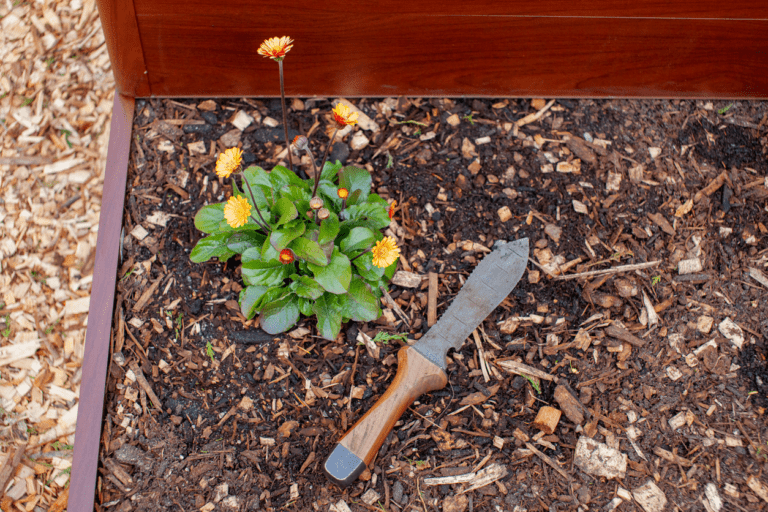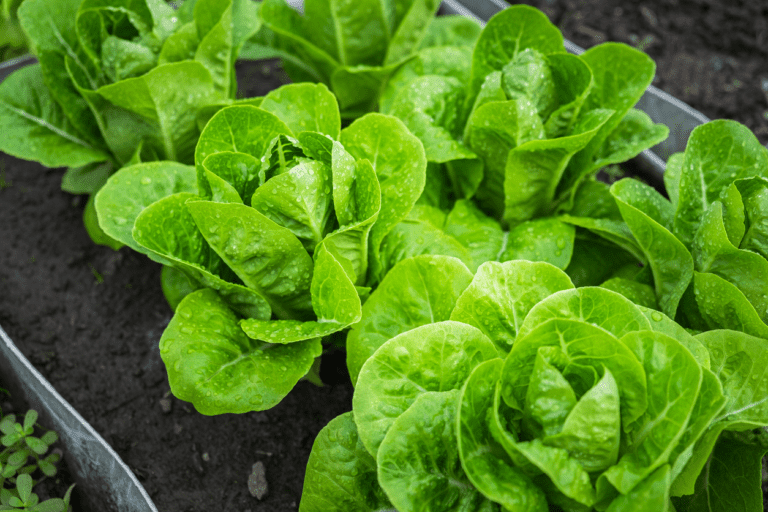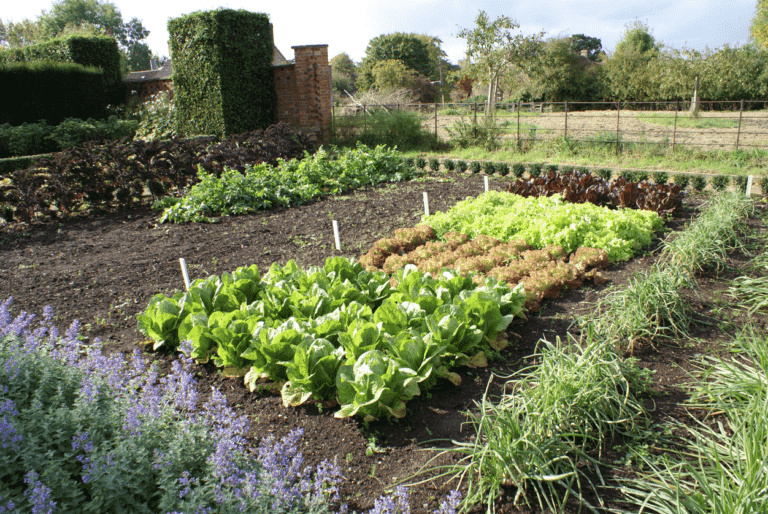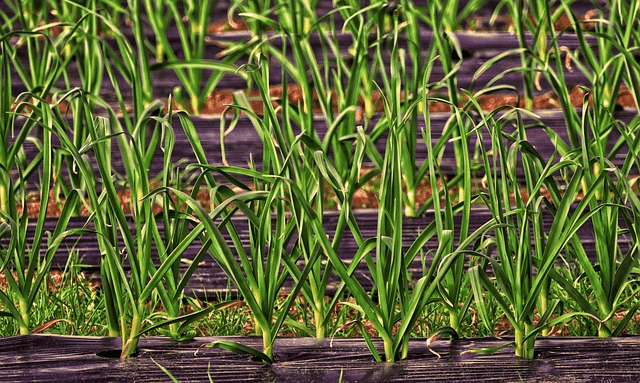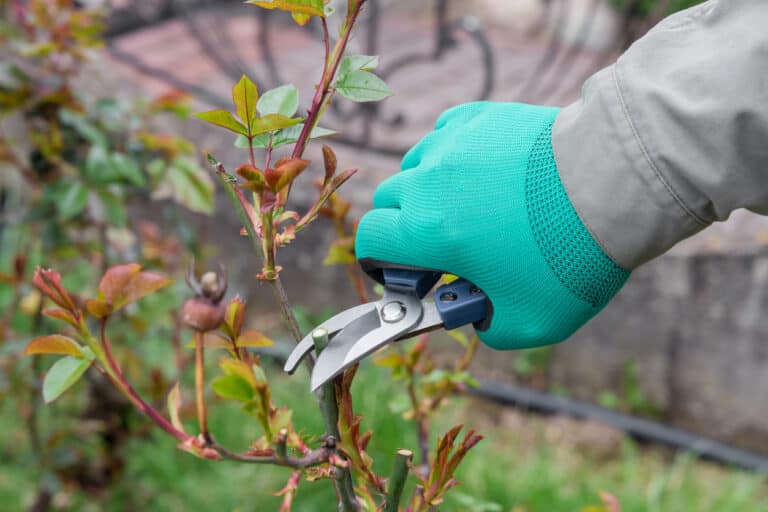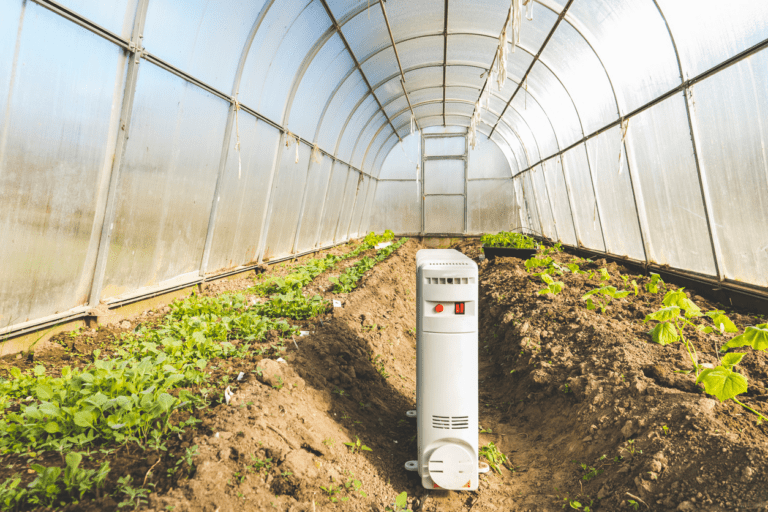Spring Gardening Checklist – 8 things to do before the growing season
Spring is when the weather gets warmer after those cold winter months. It’s a perfect time of the year to do some maintenance tasks in your garden to ensure a successful season. We’ve created a spring gardening checklist for you with nine essential tasks. Follow this to get a head start on your spring garden.
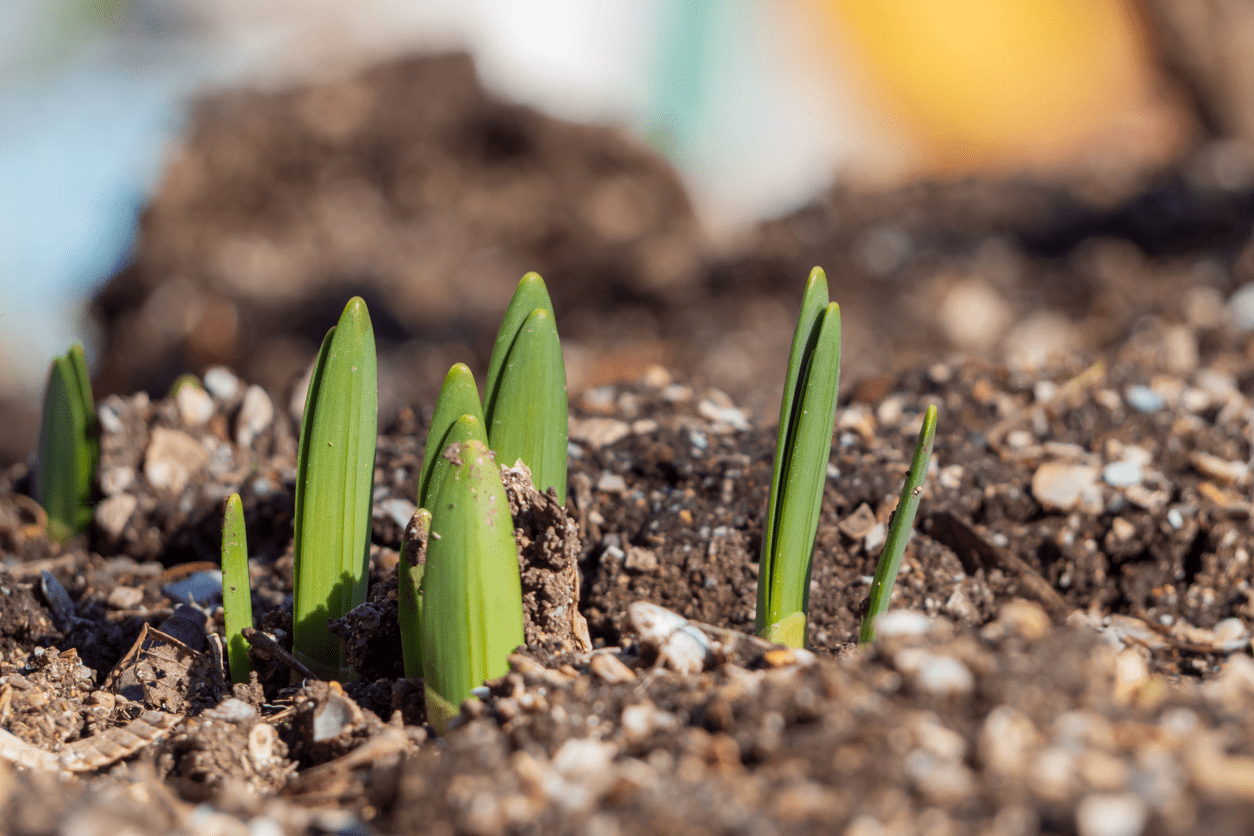
Check Your Garden Tools
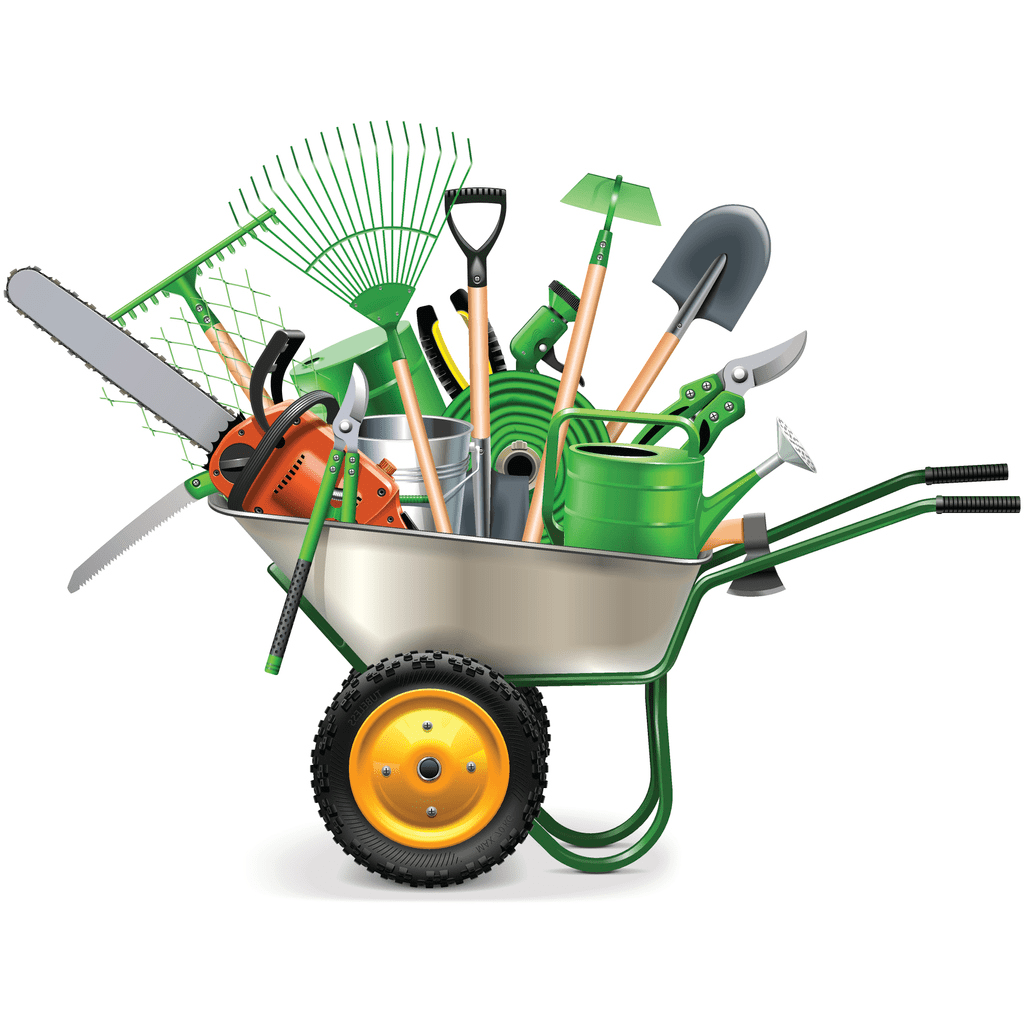
Your gardening tools wait patiently to begin the new season. Get all the right garden tools ready when planting starts. Give it a little clean-out, then check if it has rust around the tool head. Check your pruners and make sure they are sharp enough. You can apply some natural oils to wooden handles to prolong their lifespan.
Prepare your garden beds
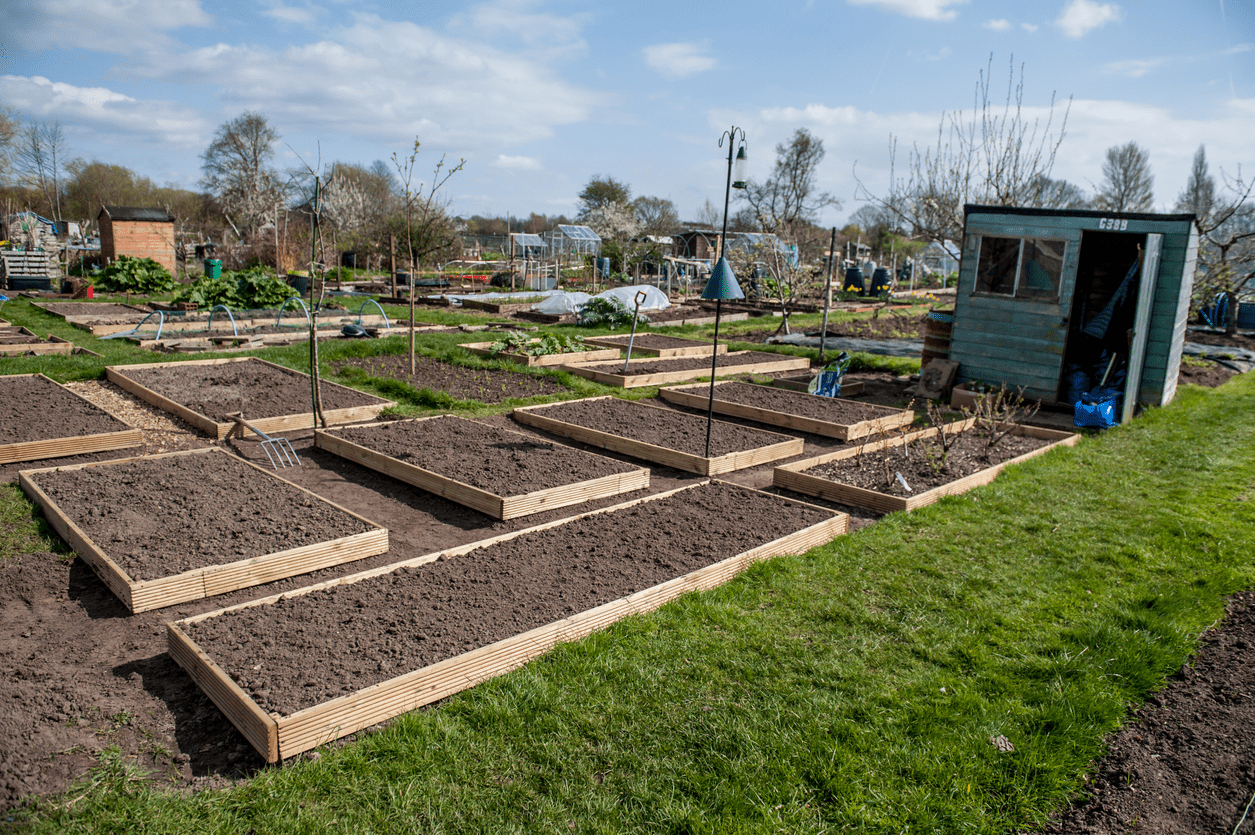
After a long, exhausting growing season, your soil might need some refreshment. If you have access to good quality compost, the best you can do is to put a couple of inches thick layer on top of your garden beds.
Make sure to remove any weeds and old plant debris from your beds. In early spring, dealing with weeds is much easier when they are young and small. Having clean beds means giving your seeds or transplants more chances.
Prune your trees and shrubs
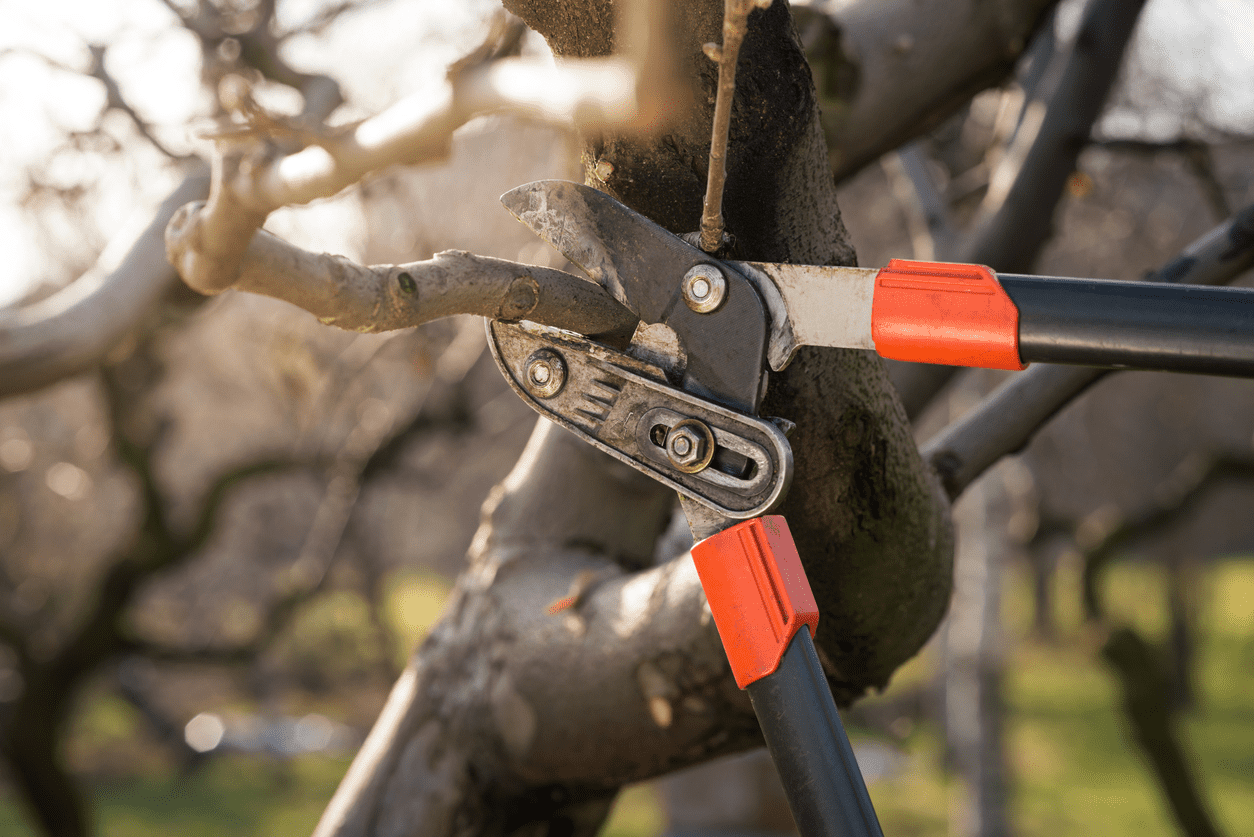
If you have trees or shrubs in your garden, it’s time to prune them. You should remove any damaged or diseased branches first. After that, you can focus on maintaining the size and shape of your plants.
Proper pruning will help your trees and shrubs look healthy and produce fruit while encouraging new growth. Always be sure to use the right tools for this task. Using dull or not proper tools can damage your trees and shrubs.
Divide your perennial plants
Dividing perennials is a task that should be on every gardener’s spring checklist. This means separating a clump of perennials into smaller sections, which helps control their size and promotes healthy growth. It’s also a great way to create new plants that can be used in other areas of your garden.
The best time to divide perennials is early spring before they grow too much. Some popular plants to divide include hostas, daylilies, and ornamental grasses. Be sure to use sharp tools and follow proper techniques for each type of plant. With proper division, your perennials will thrive and provide a beautiful addition to your garden all season long.
Plan your garden layout
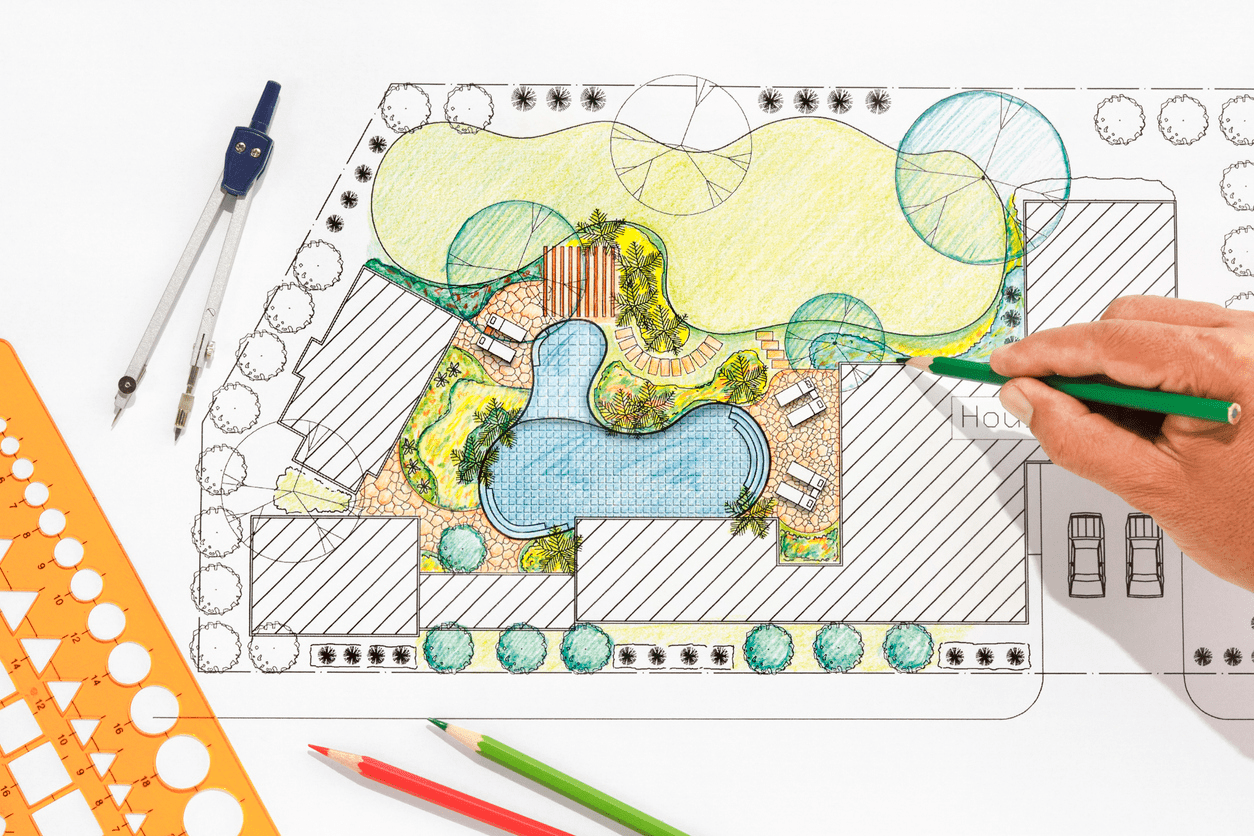
Planning your garden layout in early spring can help during the busy late spring/summer months. Take your time and decide for every bed what to plant in during the growing season.
Consider the amount of sunlight each area gets. You can plant leafy greens and root crops in shaded areas but try to make sure you put heat-loving plants such as tomatoes and peppers in a place that gets at least 8 hours of direct sunlight.
Order summer-flowering bulbs and seeds
Early spring is the time for ordering summer flowering bulbs and seeds. You still have plenty of time to prepare, and it’s an ideal job this time of the year. Take advantage of the days you are stuck indoors to explore catalogs or websites for seeds.
Flowers such as gladioli and ranunculus can be ordered and planted to have thriving summer flower beds. Spring planting these flowers makes the most sense.
Add fresh mulch around perennials
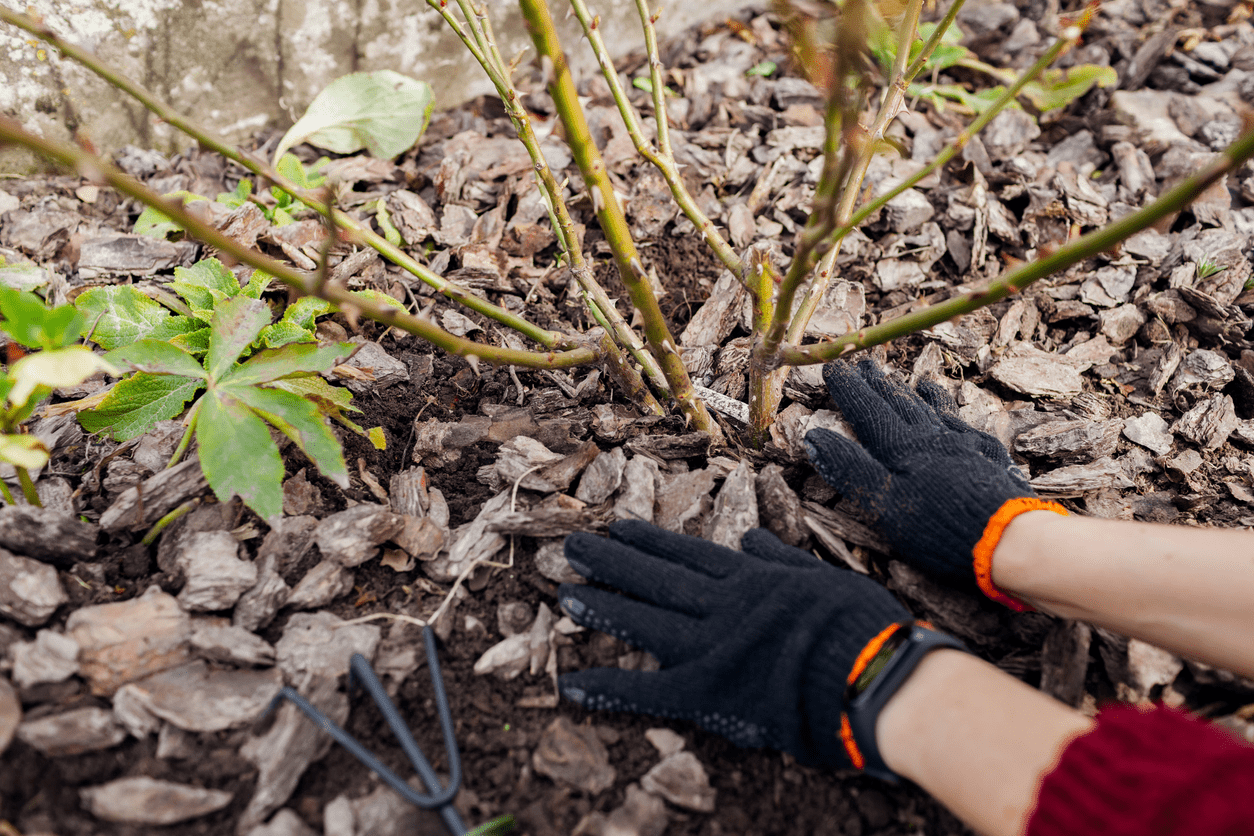
Adding a fresh layer of mulch around your perennials is essential every year. Early spring is ideal for this task. The much can be woodchips, straw, or any other organic matter, like grass clippings or hay.
Start a compost pile
If you don’t yet have a compost pile, it’s time to get one. Compost is the gardener’s most precious resource; by experience, I tell you, it’s never enough.
Final thoughts
Early spring is the best time to take your time and do these things. You’ll be grateful you did these tasks in advance when everything grows rapidly in the warm season. Applying these techniques, you can have a much more relaxed season in your garden.

